Astrophytum Coahuilense Cactus seeds pack of 20 seeds
₹199.00
Out of stock
Email when stock available
Astrophytum Coahuilense Description: Astrophytum coahuilense with five ribs, has a surprising similarity to Astrophytum myriostigma. However, it is different in all characteristics regarding flower, fruit, seed and embryo which looks like in all details to Astrophytum capricorne. The differences into flower, fruit, seed and embryo and flecks are constant and permit in any case to distinguish A. coahuilense without problems from A. myriostigma.
Nude plants as in the case of A. myriostigma are unknown.
It looks like the bishop’s cap (A. myriostigma), but softer, more grey flecks that cover the plant even more than with the myriostigma. The flowers are yellow with a characteristic red throat, although can appear pure red or very seldom pure yellow. In the fruit which is red till olive-green coloured and basal opening are up to 200 seeds, similar as in the case of Astrophytum capricorne. This plant is more related to the Asterias/capricorne group than the myriostigma.
A. coahuilense and A. myriostigma when cross-pollinated are fruitless: they are (usually) sterile by each other.
Cultivation and Propagation: It is not too difficult in a greenhouse, although grows quite slowly. The plants need a loose well-drained mineral soil. They need a good amount of light. Watering can be done weekly during summertime, if the weather is sunny enough, with a little fertilizer added. Kept this way, plants will show a healthy, although slow growth. They are frost hardy to -4° (-10°) C
Propagation: By seeds, remembering that seedlings dislike strong light and dry conditions and need to be repotted frequently. Eventually, as they become mature, they attain a maximum size of 8-10 cm (20) cm. However, old plants become senile and have a tendency to succumb to disease and a weak root system. At this stage, as is well known, they die suddenly. So, after they reach 10 cm in diameter grow them slowly, and adopt a new repotting period, using intervals of every 2 – 3 years. Additionally grow them under drier conditions or with stronger sunlight. But plants are often grafted to accelerate growth as they would generally take at least a five years to reach maturity on their own, but the grafted plants are typical rather tall growing, compared with plants on their own roots that are usually more flat to the ground.
Be the first to review “Astrophytum Coahuilense Cactus seeds pack of 20 seeds” Cancel reply
You must be logged in to post a review.
Related products
cactus and succulent seeds
cactus and succulent seeds
cactus and succulent seeds
Echinocereus Rigidissimus Rubrispinus cactus seeds pack of 20 seeds



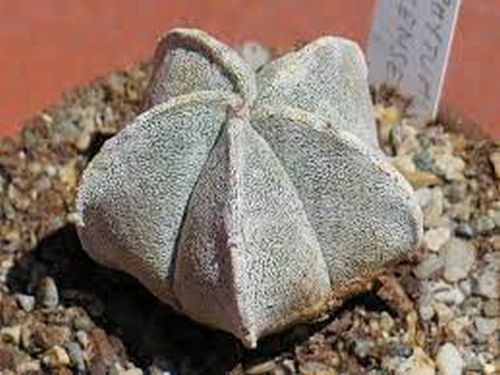
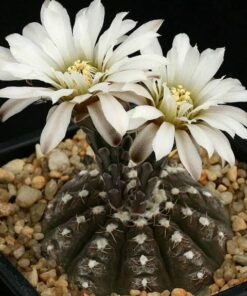
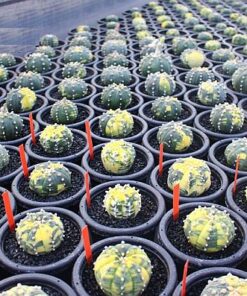
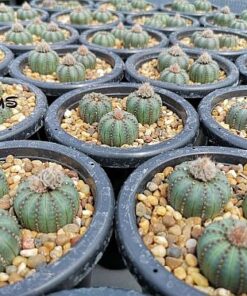

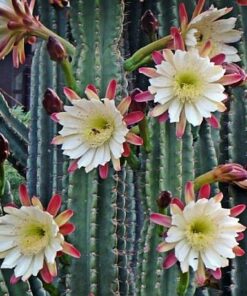
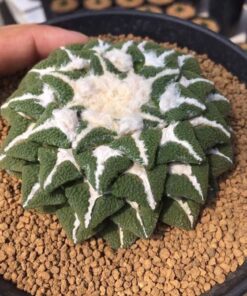
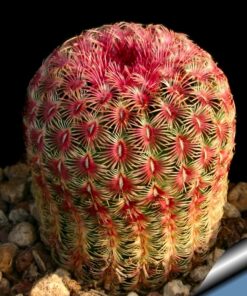
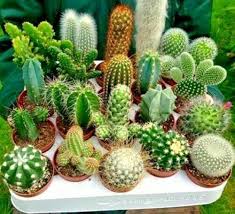
Reviews
There are no reviews yet.